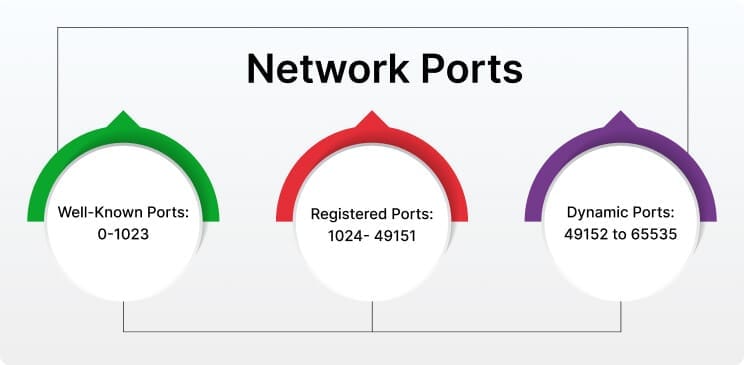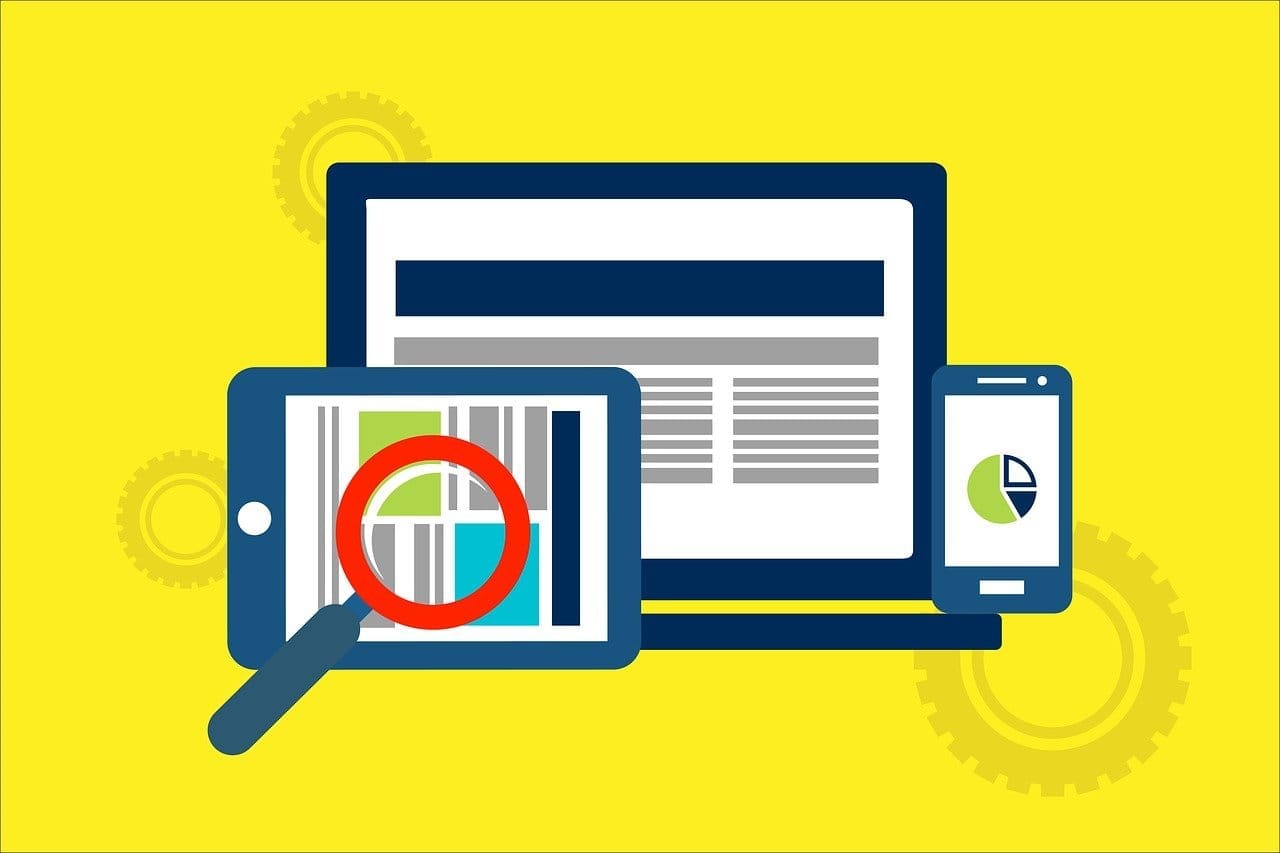In computing and networking, the used terms are IP addresses and port numbers when connecting devices, servers, and applications. Among the most known and frequently used IP addresses is 127.0.0.1 in test and development contexts. However, assuming a port number such as 49342 takes on a completely different meaning in network communication.
This article went in depth as I did about the meaning and role of 127.0.0.1:49342, and how an IP address with a port number interacts in a network. By the end of this piece, you will have an answer to the questions given above.
- What 127.0.0.1 represents.
- The Function and Value of a Port Number: an example of 49342.
- How 127.0.0.1:49342 works in different scenarios, especially development.
- Practical usage of localhost and port number.
- Security Considerations with Localhost and Ports.
What 127.0.0.1 Represents?
A type of IP address in 127.0.0.1:49342 starts with 127.0.0.1, which is universally held to be the local host address. This is a loopback address: an address referring to the machine making the request. Using the address 127.0.0.1 means asking the system to connect to itself and is very handy when testing network functionality without needing to talk to any external systems or networks.

Loopback Addresses
Internet Assigned Numbers Authority, or IANA, has allocated a block of IP addresses for the use of loopback. Specifically, it runs from 127.0.0.0 to 127.255.255.255. It is provided so that machines can refer to themselves. In the range, the most widely used address is 127.0.0.1.
- This is thus allowing developers and network admins to test both software and applications and services without sending traffic outside the local machine.
- The loopback interface is always there on any networked machine, which is reason enough to make it a trusted facility for self-referential communications.
In practice, suppose you’re hosting a web server on your local machine and wish to load up the web page that’s being hosted locally with the browser. You can point the browser at 127.0.0.1. It does not entail any actual network transmission beyond the local machine.
Understanding Port Numbers
In contrast, a port number states that one particular process or service on that machine has been specified. A port number is 16 bits in size, so it can range from 0 to 65535. This allows many services/applications to run on one IP address without conflicts.
Types of Ports

There are three kinds of port numbers, categorized under two ranges:
- Well-known ports: 0-1023. These include services such as HTTP (port 80), HTTPS (port 443), FTP (port 21), and similar ones.
- Registered ports: 1024-49151: This includes service and application-based user or vendor-specific services.
- Dynamic or reserved ports (49152-65535): These are given dynamically when the application needs a temporary communication channel. Port 49342, as it is in the case of 127.0.0.1:49342, falls into this category.
When you connect to a service on a remote server (or even locally) most of the time, you are connecting not only to the server’s IP address but also to a port number where the service is listening. You connect to port 80 when accessing a website with HTTP, or port 443 with HTTPS.
How 127.0.0.1:49342 Works in Different Scenarios
The local host at IP 127.0.0.1 communicating over port 49342 would appear like 127.0.0.1:49342 when viewed. The combinations are used quite benevolently for internet development and network testing, among other applications.
Development Environments

Developers will frequently use local hosts for local testing of an application immediately before deployment to a production server in day-to-day software and web development. For example, a developer operating a local instance of a web application server could access the same 127.0.0.1. It is the port number that distinguishes which specific service or process is being accessed on that local machine.
If you have multiple services, for example, a web server, database server, and file server, running on your local machine you need each service to bind to a different port. The IP address is still 127.0.0.1, but each service listens on a different port; in this example, 49342.
Port Number Assignments
In the case of 49342, this port is assigned dynamically; that is, the operating system or the application is assigned a port on an as-needed basis when an application starts and requests a port to communicate with, it may be assigned 49342.
For instance, if you have a local web server for merely testing purposes, then probably 127.0.0.1:49342 is the address assigned to handle HTTP requests from your browser. When you open your browser, type 127.0.0.1:49342 on the address bar of the browser, and your browser makes a request for that amount of information on that port on your local server.
Testing Network Applications
Developers normally use the like 127.0.0.1:49342 to test how the network applications treat traffic. This testing is done without involving external networks or users, so the application works correctly before it goes live.
Practical Applications of Localhost and Ports
Some practical applications of 127.0.0.1 and port numbers, for example, 49342, are found in the following domains:
- Website Development: Localhost is used to host different web applications and servers locally before they are eventually pushed to the production environment. Developers use ports to distinguish between different services like databases, APIs, and front-end servers.

- Testing of APIs: Other developers too test APIs on localhost. That simulates the response from other servers. This makes them test their front-end applications without necessarily requiring access to live servers.
- Getting the Port Number: The port number is assigned separately to every running application. It is possible to run several instances of one service or several other services in time simultaneous to one another by using different port numbers for each.
Security Implications of Localhost and Ports
Although localhost is generally safe to use, since it will deal only with traffic on the same machine, specific ports that are utilized may be considered a security risk, and unsecured applications running on a local machine may serve as door openers for such vulnerability.

Firewalls and Ports
The biggest threat to services on 127.0.0.1 is more likely to originate locally than from outside. Maliciously configured software that listens for requests on non-local interfaces besides 127.0.0.1 could also expose services to outside attackers. The use of firewalls and secure authentication mechanisms helps safeguard services against accidental and malicious access.
Port Scanning
Attackers may scan for port numbers to find the vulnerability. If any sensitive service is running over an open port, then attackers may try to look for a way to exploit that. It’s better to first ensure all services are well secured and only those ports are opened which are necessary.

FAQS About 127.0.0.1:49342
What is 127.0.0.1?
A: 127.0.0.1 is the loopback IP address; it is also most commonly referred to as localhost. This is used by a computer referring to itself for testing and communication with services running on the same machine without involving any external networks.
What does port number 49342 represent in 127.0.0.1:49342?
A: The port number 49342 is a dynamically assigned port, meaning that it is allocated temporarily by the operating system to any particular service or application. It is that identifier in the address 127.0.0.1:49342 of the exact service or application that is listening for connections on the local host.
Why is 127.0.0.1 used in testing?
A: 127.0.0.1 is utilized in testing since services and applications are run by developers, not requiring them to connect to a network it simulates the network environment hence suitable for testing web servers, applications, and API without interfering with other systems.
What is a loopback interface?
A: A loopback interface is the virtual interface used by the system to communicate with itself. This interface is associated with the IP address 127.0.0.1, hence permitting internal communications within the same machine. This is notably used in testing and for access to internal services.
Conclusion
127.0.0.1:49342 is a local IP address with a dynamically assigned port that a computer uses internally for communication. It is usually for development purposes when testing applications or services but doesn’t require the usage of external networks. The port number may be targeting specific services. Still, when it’s used locally, it’s secure. With proper configurations, its usage would be avoided, since one risks its use. The knowledge of the purpose of localhost and dynamic ports like 49342 is necessary for efficiency in local development and network testing.
Read Also: How Does a CRM System Improve Customer Experience?

